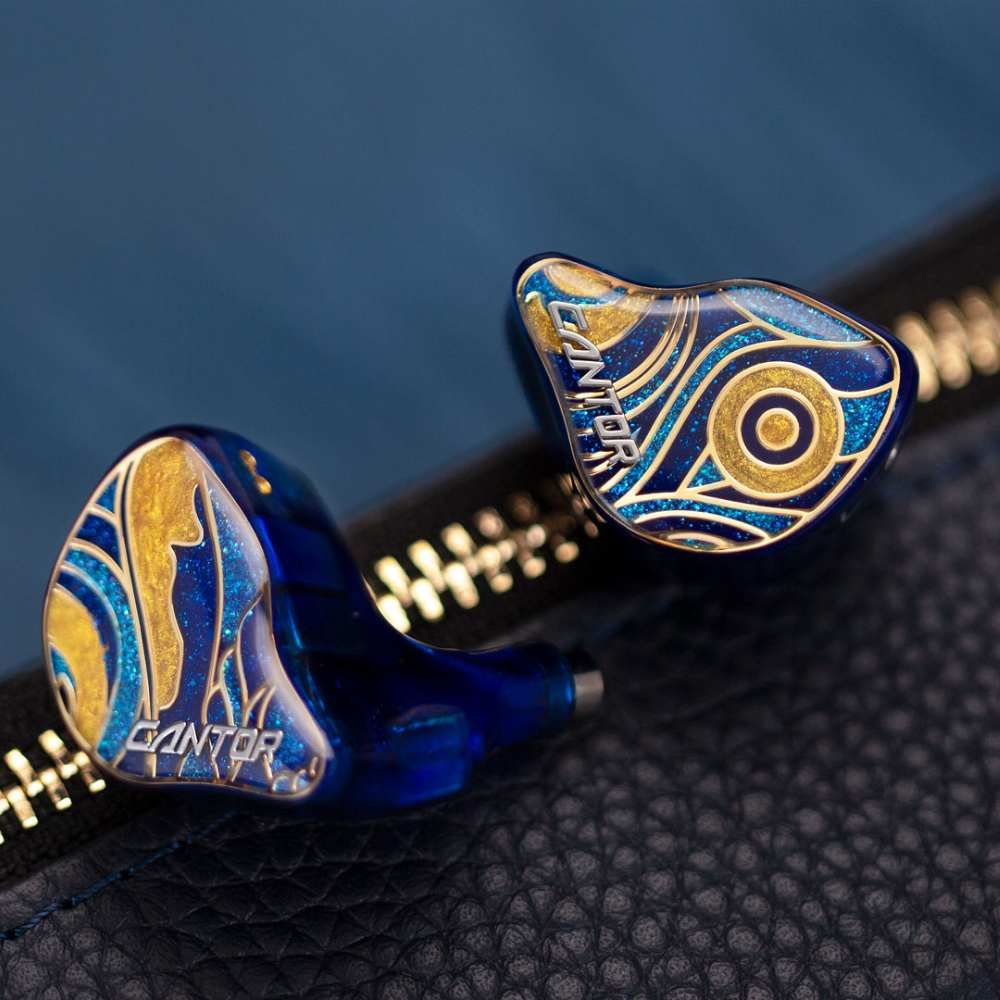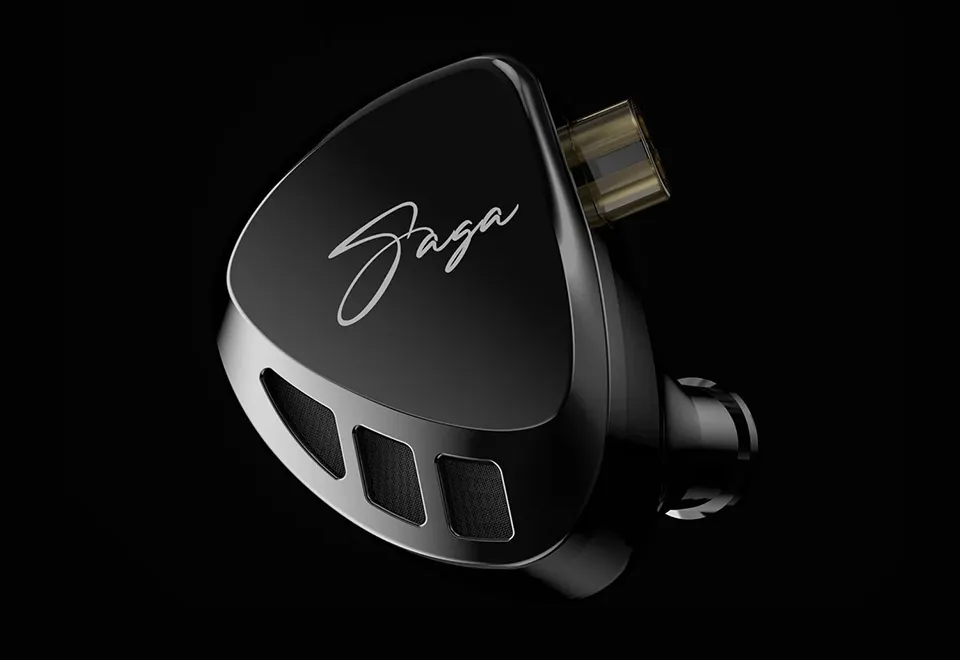Cantorvs.Saga
Sound & Specs Comparison
Information
Both IEMs are widely regarded in the audiophile community. See how they differ in terms of sub-bass response, upper mids, clarity, and overall tonality. Spider charts and rating breakdowns included.
Objective Comparison
Facts, details, stuff.
| General Info | Cantor | Saga |
|---|---|---|
| Brand | AFUL | KZ Earphones |
| Country | Taiwan | China |
| IEM Description | The AFUL Cantor combines technical precision with musicality in a hybrid design. Featuring a dynamic driver for powerful bass and multiple balanced armatures for clean mids and sparkly highs, it delivers a spacious soundstage with excellent separation. Tuning leans slightly toward a balanced-bright signature, making it a solid choice for detail lovers who still want some low-end punch. | The KZ Saga is a single dynamic driver IEM designed for listeners who enjoy a bold and engaging sound. With its punchy bass and crisp treble, it leans into a fun, slightly V-shaped tuning that works well across modern genres. Despite its simplicity, it delivers a surprisingly open sound with decent detail and separation, all packed into a durable and comfortable shell. |
| Price Level | 500 – 1.000 | < 100 |
| Housing & Driver | ||
|---|---|---|
| Driver Config | Multi-BA | Single Dyn. Driver |
| Driver Types | Balanced Armature | Dynamic Driver |
| Shell Material | – | – |
| Cable | 4Braid 5N OFC Cable | – |
| Technical | ||
|---|---|---|
| Freq Range | – | – |
| Impedance (Ω) | 20 | – |
| Sensitivity (dB) | 106 | – |
| Crossover | RLC Network Electronic Crossover | – |
| Platform Info | ||
|---|---|---|
| Comments | 1 | 0 |
| Visit Count | 128 | 68 |
| External Reviews | 1 | 0 |
Meta Ratings
// Nothing to compare yet.
Sound Characteristics
Saga delivers n deeper and more extended sub-bass, reaching lower frequencies with greater authority than Cantor (9.5 vs 8.5). The low-end on Cantor is a more controlled and rhythmic, offering better definition than Saga (9 vs 8.5). Listeners may find the low-end impact on Saga a more engaging during high-dynamic passages (9 vs 8.5). Male vocals and lower instruments sound n richer and better defined on Cantor, unlike Saga which can seem hollow (8.5 vs 5.5). Upper mids are n more resolving and expressive on It, revealing emotion and articulation better than Saga (8 vs 5). It offers m greater shimmer and nuance in the lower treble, revealing micro-details that Saga misses (8 vs 6.5). It extends a further into the upper treble, adding air and openness that Saga lacks (7.5 vs 7). The stereo field on It feels m wider and more holographic, whereas Saga sounds more intimate (8 vs 6.5). It extracts low-level details m more effectively, helping subtle nuances emerge clearer than on Saga (8.8 vs 6). Track elements feel n more isolated and clean on It, offering clearer focus than Saga (8.3 vs 5). It avoids frequency masking n more successfully, preserving clarity across the spectrum better than Saga (8 vs 5). The note presentation is n fuller and more tactile on It, giving instruments a stronger physical presence than Saga (7.5 vs 6.5). It handles sibilant sounds overwhelmingly more gently, with fewer peaks and less sharpness than Saga (8.5 vs 4.5). Tonality on It is a more coherent and refined, yielding a more pleasing overall signature than Saga (8.8 vs 7.5). It portrays textures in vocals and strings with a more realism, enhancing emotional depth over Saga (8 vs 7.5).
| Cantor | Saga | |
|---|---|---|
| Sub Bass | 8.5 | 9.5 |
| Bass | 9.0 | 8.5 |
| Bass Feel | 8.5 | 9.0 |
| Lower Mids | 8.5 | 5.5 |
| Upper Mids | 8.0 | 5.0 |
| Lower Treble | 8.0 | 6.5 |
| Upper Treble | 7.5 | 7.0 |
| Sound Stage Width | 8.0 | 6.5 |
| Detail | 8.8 | 6.0 |
| Layering | 8.3 | 5.0 |
| Masking | 8.0 | 5.0 |
| Note Weight | 7.5 | 6.5 |
| Slam | 8.5 | 8.5 |
| Sibilance | 8.5 | 4.5 |
| Timbre Color | 7.5 | 7.5 |
| Tonality | 8.8 | 7.5 |
| Texture | 8.0 | 7.5 |
Tonal Signature
// Nothing to compare yet.

